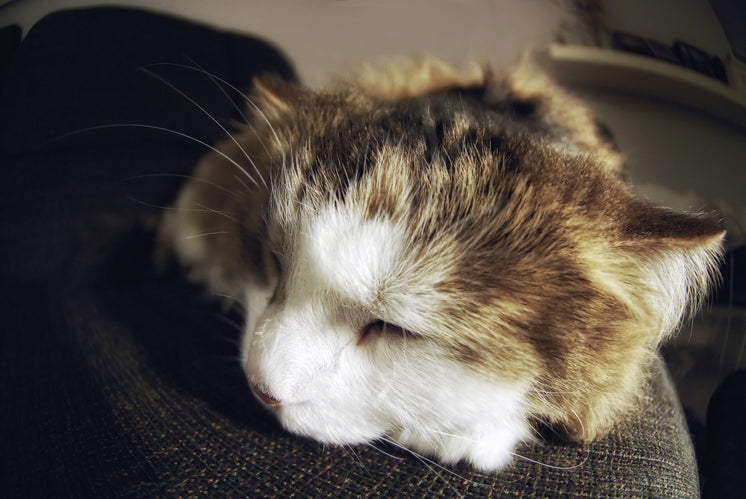
Cat litter and litter boxes play a critical function in the lives of both cats and their owners. From the humble beginnings of sand and soil to the innovative improvements these days, the world of cat litter has actually evolved significantly. In this extensive guide, we dig into every element of cat litter and litter boxes, exploring their history, types, advantages, obstacles, and whatever in between.
The history of cat litter go back centuries, with ancient civilizations utilizing sand, soil, and even ashes as primitive litter products. Nevertheless, it wasn't till the mid-20th century that modern-day cat litter as we understand it emerged. In 1947, Edward copyright presented the world's very first commercial cat litter made from absorbent clay, reinventing the way cats relieved themselves inside your home. Ever since, cat litter has actually gone through various changes, with the introduction of clumping litter, silica gel litter, naturally degradable choices, and more.
Today, cat owners are spoiled for choice when it comes to picking the ideal litter for their feline buddies. Conventional clay litter remains popular for its affordability and efficiency in soaking up smells. Clumping litter, which forms solid clumps when wet, simplifies cleaning and upkeep. Silica gel litter, made up of extremely absorbent silica crystals, provides superior smell control and longevity. Biodegradable choices, such as recycled paper, wood pellets, corn, and wheat, interest ecologically mindful consumers.
Each type of cat litter uses special benefits. Clay litter excels in its ability to absorb wetness and control smells, making it a trustworthy option for numerous cat owners. Clumping litter streamlines day-to-day scooping and extends the time between complete litter modifications. Silica gel litter offers remarkable odor control and can last longer in between replacements. Naturally degradable litters offer a sustainable option that decreases environmental impact.
While cat litter boosts indoor feline hygiene, it is not without its challenges. Dust from clay litter can posture breathing risks for both cat litter box furniture felines and people, prompting the appeal of dust-free alternatives. Some felines may establish litter box hostility due to issues with texture, aroma, or cleanliness, demanding experimentation with various litters and box configurations. Multi-cat families may need strategic litter box positioning and frequent upkeep to prevent territorial disagreements and guarantee all cats have access to tidy facilities.
Choosing the appropriate litter box is vital for promoting positive litter box routines and overall feline wellness. Factors to think about include size, availability, and design choices. Covered litter boxes provide personal privacy and help consist of odors, however some felines may discover them confining or daunting. Open-top litter boxes use easy gain access to and visibility however might result in more litter scatter. Automatic self-cleaning litter boxes Self Cleaning Litter Boxes simplify maintenance however need regular tracking and maintenance.
Proper litter box upkeep is crucial for guaranteeing a tidy and inviting environment for both cats and their owners. Daily scooping gets rid of waste quickly, decreasing odor and dissuading litter box hostility. Routine litter replacement, generally every 1-2 weeks, avoids bacterial accumulation and maintains ideal absorbency. Extensive cleansing cat litter pellets with mild detergent and water, preventing extreme chemicals that may prevent felines from utilizing the box, ought to be carried out monthly.
Cat litter and litter boxes play a main role in fostering a healthy and harmonious relationship in between felines and their human companions. With a diverse variety of litter alternatives and litter box styles available, cat owners have the flexibility to customize their options to match their felines' preferences and household needs. By comprehending the advancement, types, advantages, and obstacles of cat litter and litter boxes, pet owners can provide their feline buddies with a comfy and sanitary indoor environment.